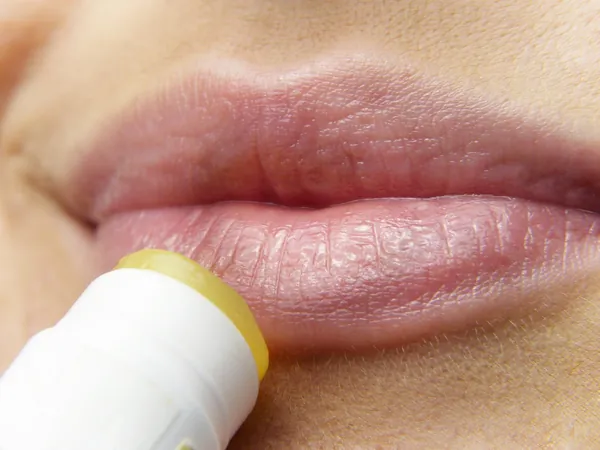
Revolutionary Breakthrough! Scientists Create First-Ever 3D Lip Cell Models to Transform Treatment for Lip Injuries
2024-11-04
Author: Olivia
Introduction
In a groundbreaking advancement, scientists have developed a world-first 3D cell model using human lip cells, paving the way for enhanced treatments for lip injuries and defects. Lips serve multiple essential functions - from communication and eating to expressing emotions. Therefore, injuries or defects to this complex tissue can significantly impact a person's physical appearance and quality of life.
Challenges in Researching Lip Conditions
Traditionally, lip conditions have been difficult to study due to the lack of suitable laboratory models. Research has now been published in Frontiers in Cell and Developmental Biology, highlighting the innovative work of researchers, particularly Dr. Martin Degen from the University of Bern. “The lip is a prominent feature of our face,” Dr. Degen noted. “Defects in this tissue can lead to serious disfigurement, making research on effective treatments critical.”
Immortalizing Lip Cells
Historically, primary cells obtained from human donors were used in research, but they come with limitations. They cannot be reproduced indefinitely, and finding adequate human lip tissue is challenging. To overcome this barrier, the researchers successfully immortalized donated lip cells, allowing them to cultivate these cells indefinitely for experimental use.
Genetic Manipulations
Using skin cells from two patients – one with a lip laceration and another undergoing treatment for a cleft lip – scientists employed a retroviral vector to manipulate the cells genetically. This involved turning off a gene that restricts cell growth and lengthening the telomeres, which enhance cellular lifespan.
Testing and Validation
Through rigorous testing, the scientists ensured that these immortalized cell lines retained the essential characteristics of the original lip cells. Essential checks for chromosomal abnormalities confirmed that the new cell lines behaved similarly to their natural counterparts, effectively ruling out any potential cancerous characteristics.
Wound Healing Experiments
To further validate the functionality of these lip cell models, the researchers conducted wound healing experiments. After intentionally creating wounds in the cell samples, they observed that untreated cells healed within eight hours while those treated with growth factors healed even faster. Such findings matched previous studies conducted on skin cells from other body regions, indicating a high degree of accuracy in this new model.
Response to Infections
The scientists also explored the response of the newly created 3D cell models to infections. By infecting the lip cell models with Candida albicans, a type of yeast known to cause serious infections, they demonstrated that the cells responded identically to how actual lip tissue would. This revelation hints at significant potential for these models in studying infections related to lip injuries or conditions.
Future Implications
Dr. Degen and his team are optimistic about the implications of their work: “Our lab is focused on understanding the genetic and cellular pathways involved in cleft lip and palate, but we are confident these 3D models from immortalized lip cells can prove invaluable across various medical fields.”
Conclusion
As advances in tissue engineering and regenerative medicine continue, the development of this 3D lip model marks a crucial leap forward. Expect to see more developments in the realm of lip repair and treatment, offering hope to countless patients facing the challenges associated with lip injuries. The future of medical research is bright - stay tuned for more exciting updates!









 Brasil (PT)
Brasil (PT)
 Canada (EN)
Canada (EN)
 Chile (ES)
Chile (ES)
 España (ES)
España (ES)
 France (FR)
France (FR)
 Hong Kong (EN)
Hong Kong (EN)
 Italia (IT)
Italia (IT)
 日本 (JA)
日本 (JA)
 Magyarország (HU)
Magyarország (HU)
 Norge (NO)
Norge (NO)
 Polska (PL)
Polska (PL)
 Schweiz (DE)
Schweiz (DE)
 Singapore (EN)
Singapore (EN)
 Sverige (SV)
Sverige (SV)
 Suomi (FI)
Suomi (FI)
 Türkiye (TR)
Türkiye (TR)